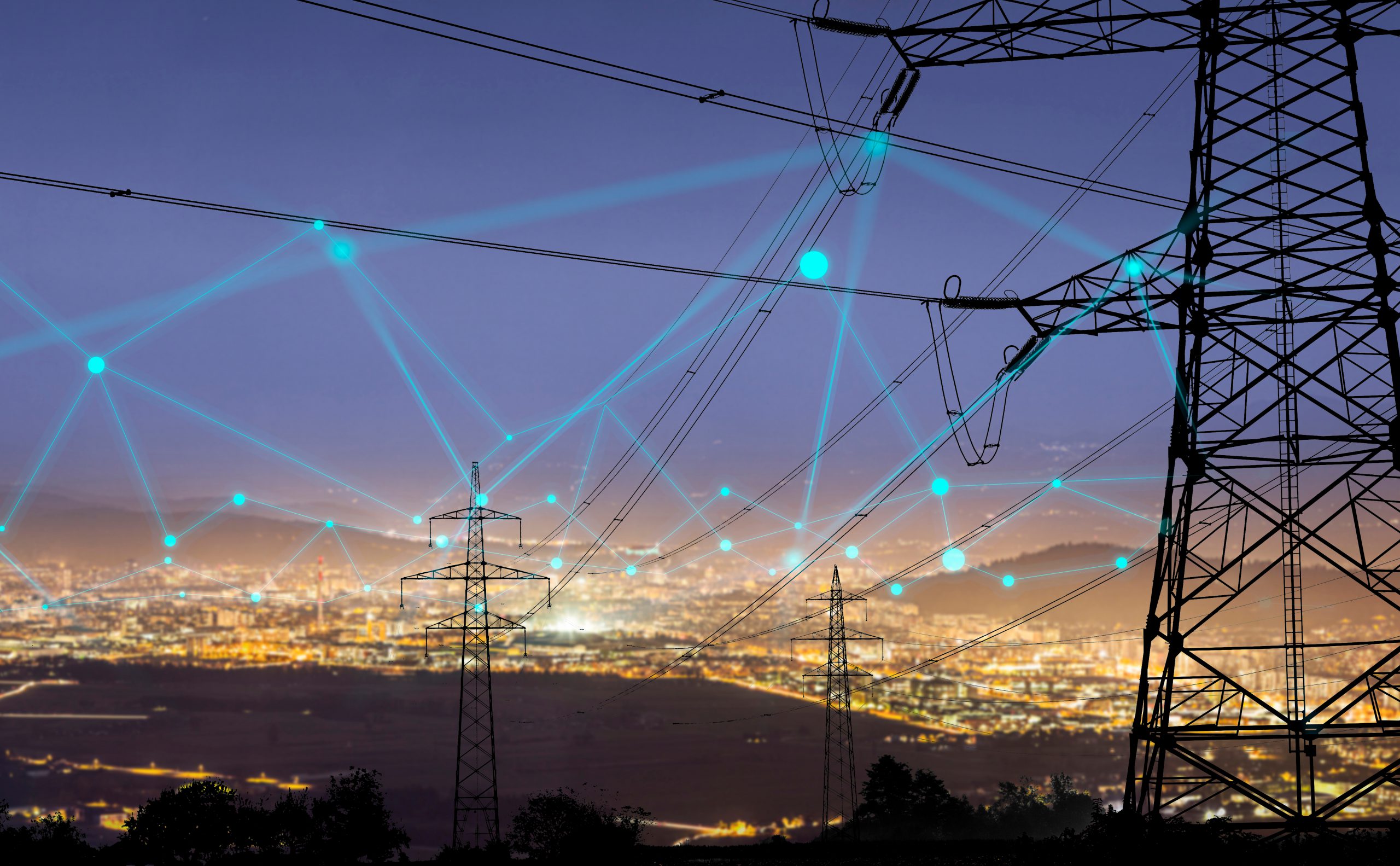Smart grids, a technological leap for a decarbonised world
The decarbonisation of the economy and digital innovation are bringing new distribution networks for new electricity consumption models.
Smart grids are electricity grids that can intelligently and dynamically integrate the activities of all the users connected to them – those who generate energy, those who consume it or those who do both – in order to supply electricity efficiently, sustainably, economically and safely.
The bi-directionality, flexibility, digitalisation, and automation of smart grids make possible a new interconnected map that responds to the needs of energy users and producers. Smart grids also guarantee the incorporation of more renewables and are positioned as a vital pillar for the energy transition.
The Iberdrola group considers grids to be a key factor both for the electrification of the economy and for the revitalisation of the territories in which the company operates. For this reason, it considers regulated assets – together with renewable energies – to be key factors in its strategy. The company has more than 1.2 million kilometres of distribution and transmission lines, more than 4,400 substations, and more than 1.5 million transformers, built and operated to provide a high quality and reliable service to 32.64 million electricity supply points.
In Iberdrola’s investment plan, until 2030, the value of regulated assets will amount to 60,000 million euros, which will consolidate and make the grid more flexible.

